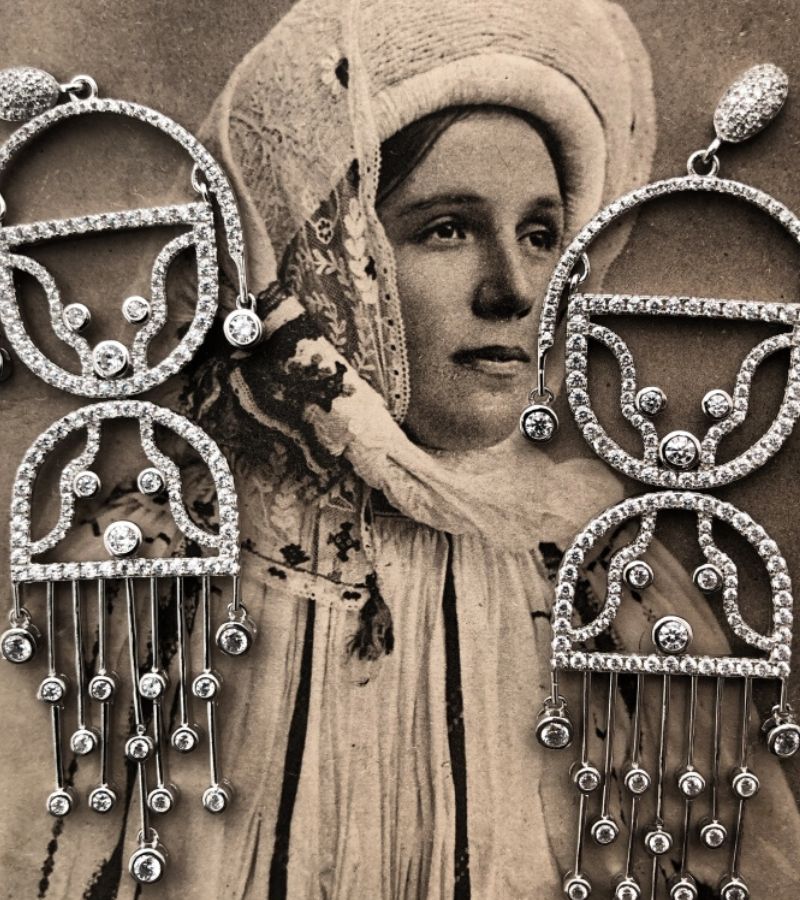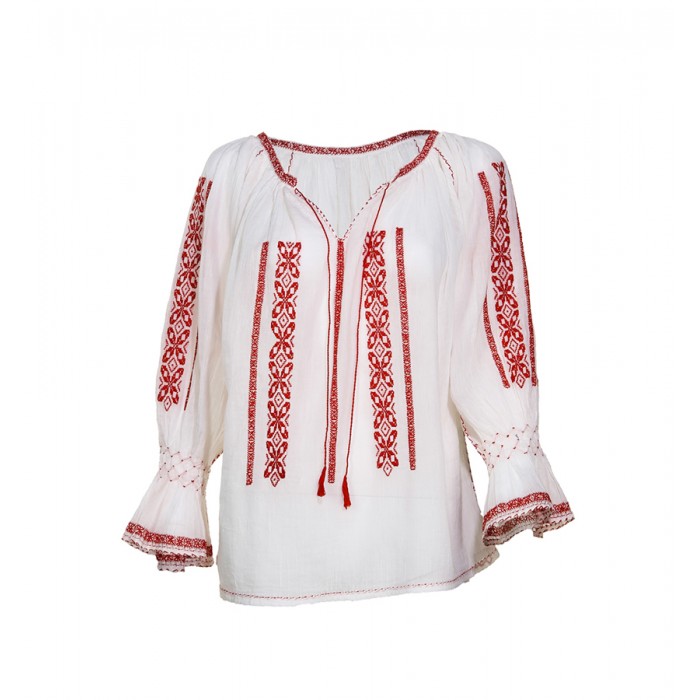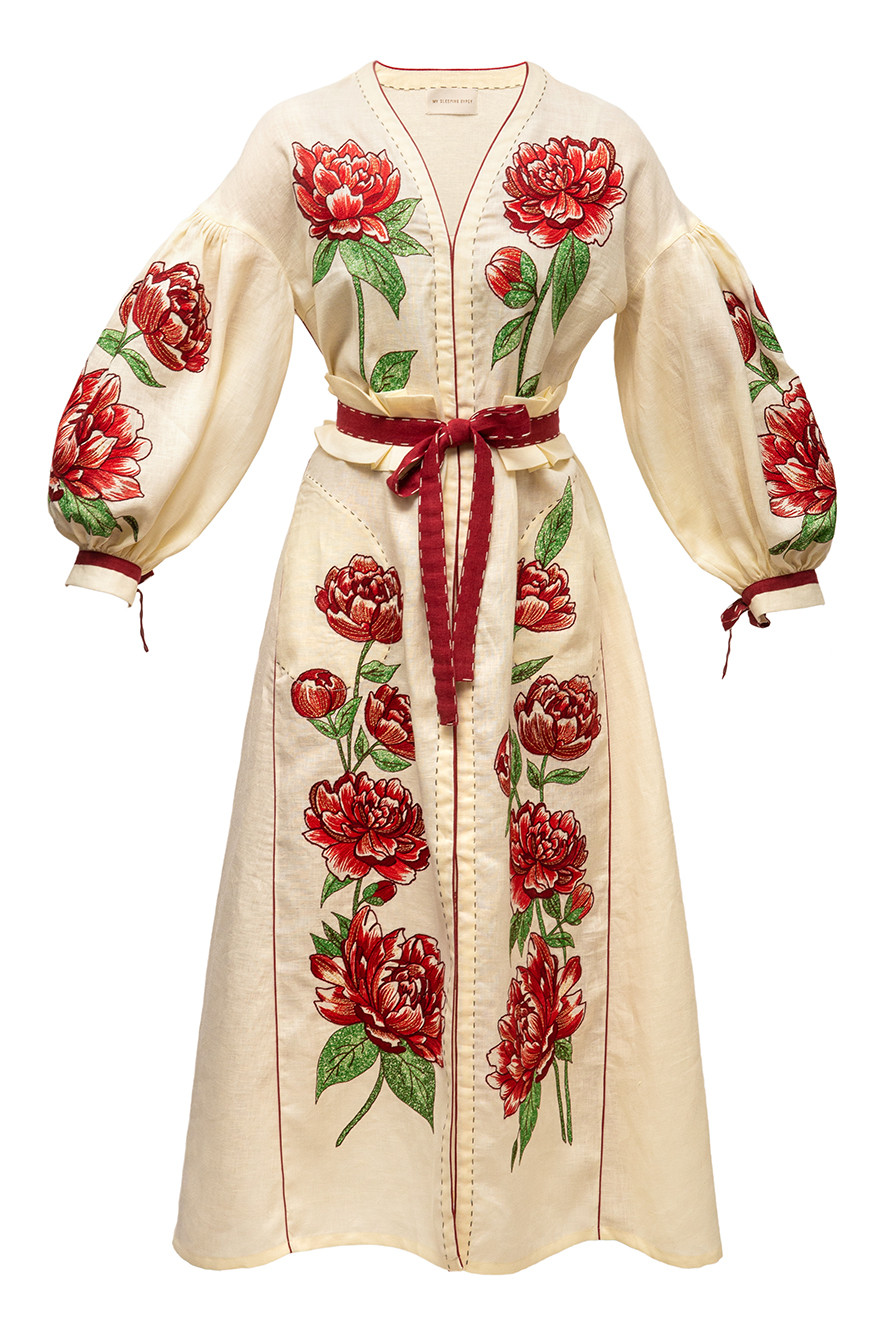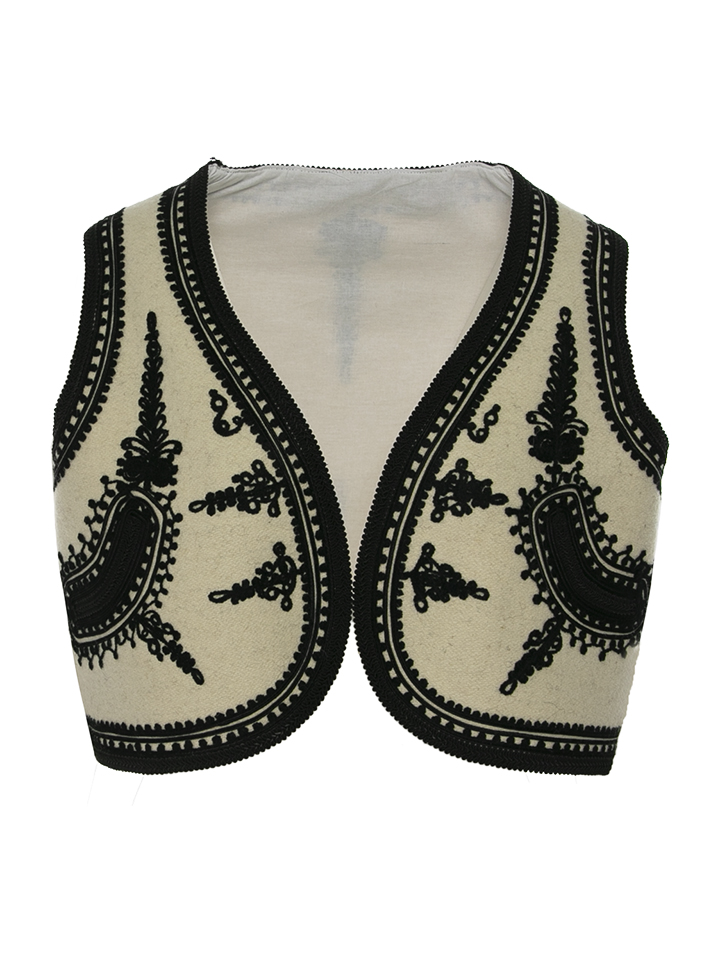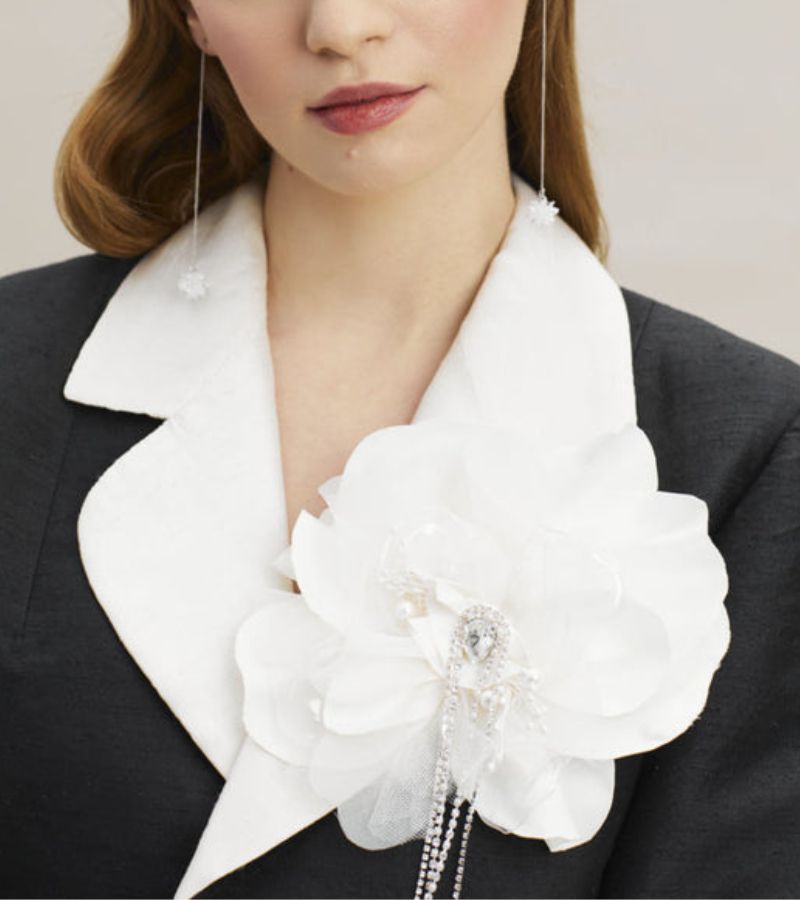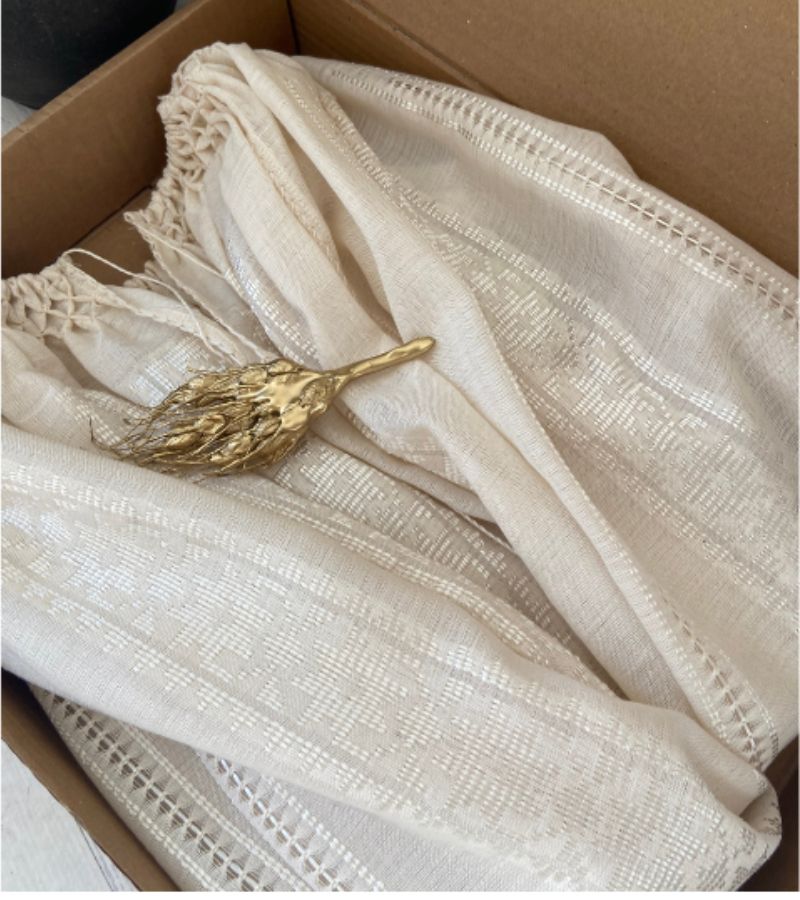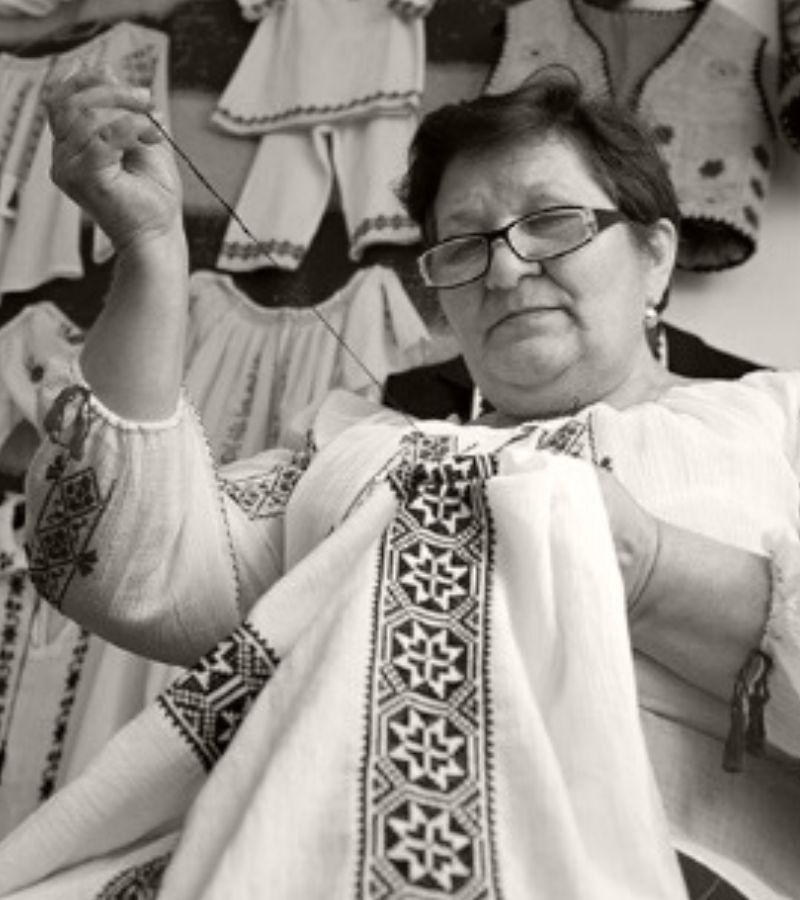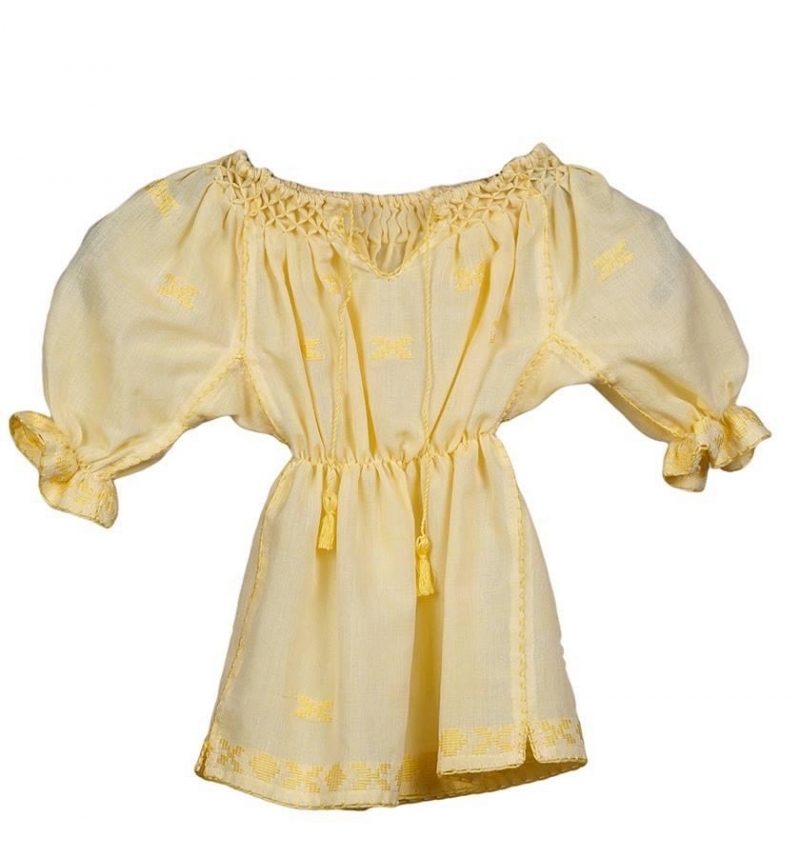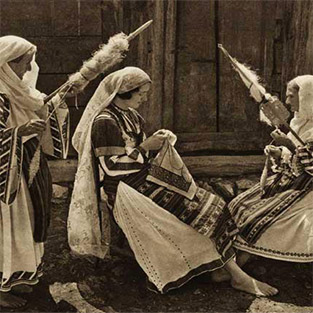Romanian Mehedinti shirt, from hemp to cotton canvas
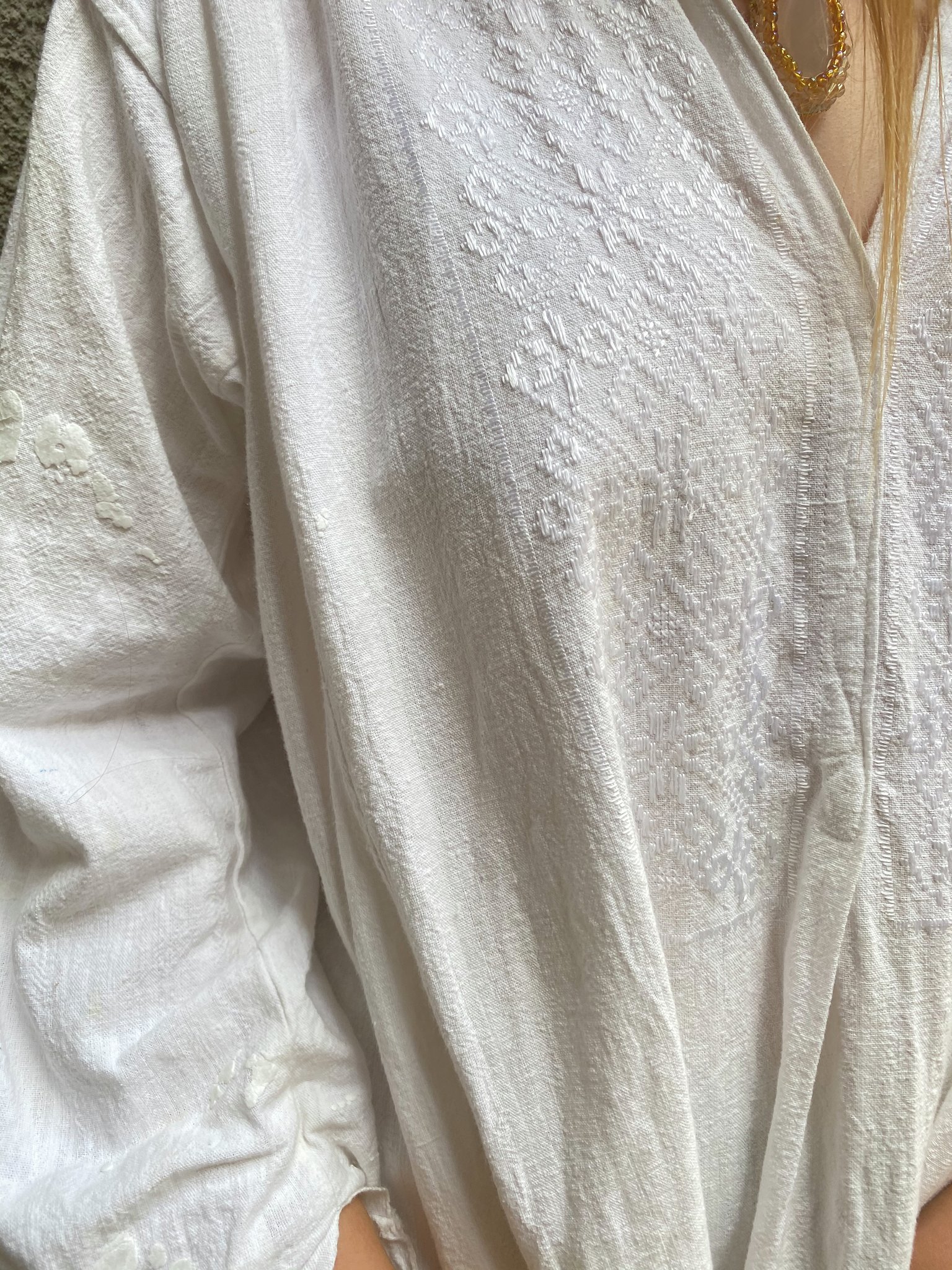
In Mehedinți County, where culture is an important constitution or occupation for a woman, until the beginning of the 20th century, the fabric intended for shirts was clinically a “hemp cake” in the past. Flax, cultivated to a lesser extent, can only be used in the hemp warp, for the "top" shirts from the women's holiday outfit. With the penetration of cotton in rural areas, the two fibers processed in the household, hemp and flax, were gradually replaced by industrial cotton yarn, spreading in several qualities, which can be determined a great variety and a cloth in places. n the area of northern cloth are a more pronounced consistency, comes not only stronger cotton can be used, but also can be used practical fabric here, the fabric being rolled in 4 parts, but woven in 2 parts, "so we can come out more Add ". Going down the Danube Plain spread, we find the "edge cloth" or "striped cloth", thinner, more neat or varied swarm of ciungi, however, results, either from warp or weft, in the care is introduced, from place to place, groups of thicker threads, to make an ornament of stripes on the canvas.
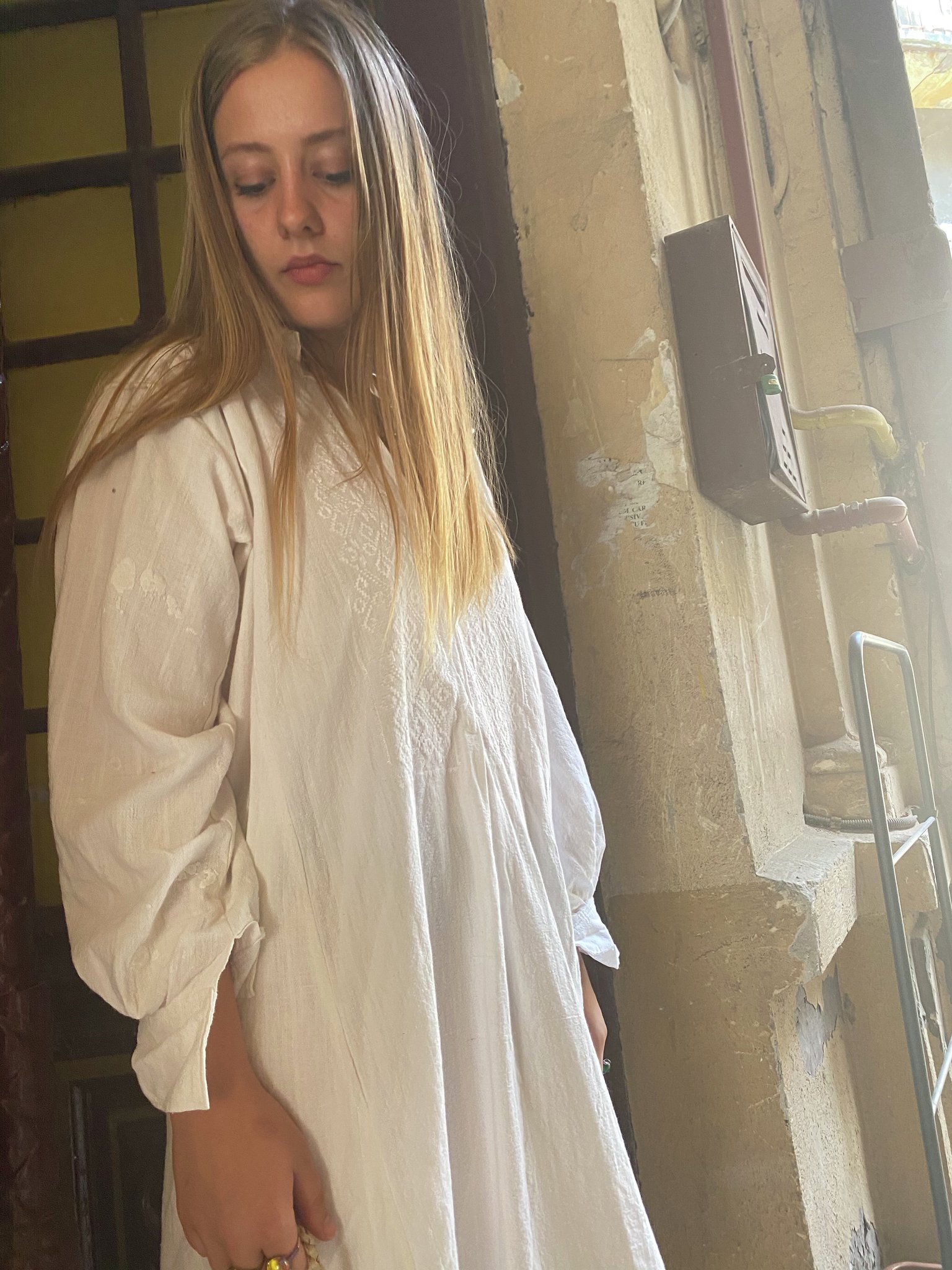
In some aspects, the load can be increased, making the "canvas in frames". in the southern area, which comes from the growth of silkworms, is introduced into the fabric and borangic fire, care gave or yellow hue to the twigs.
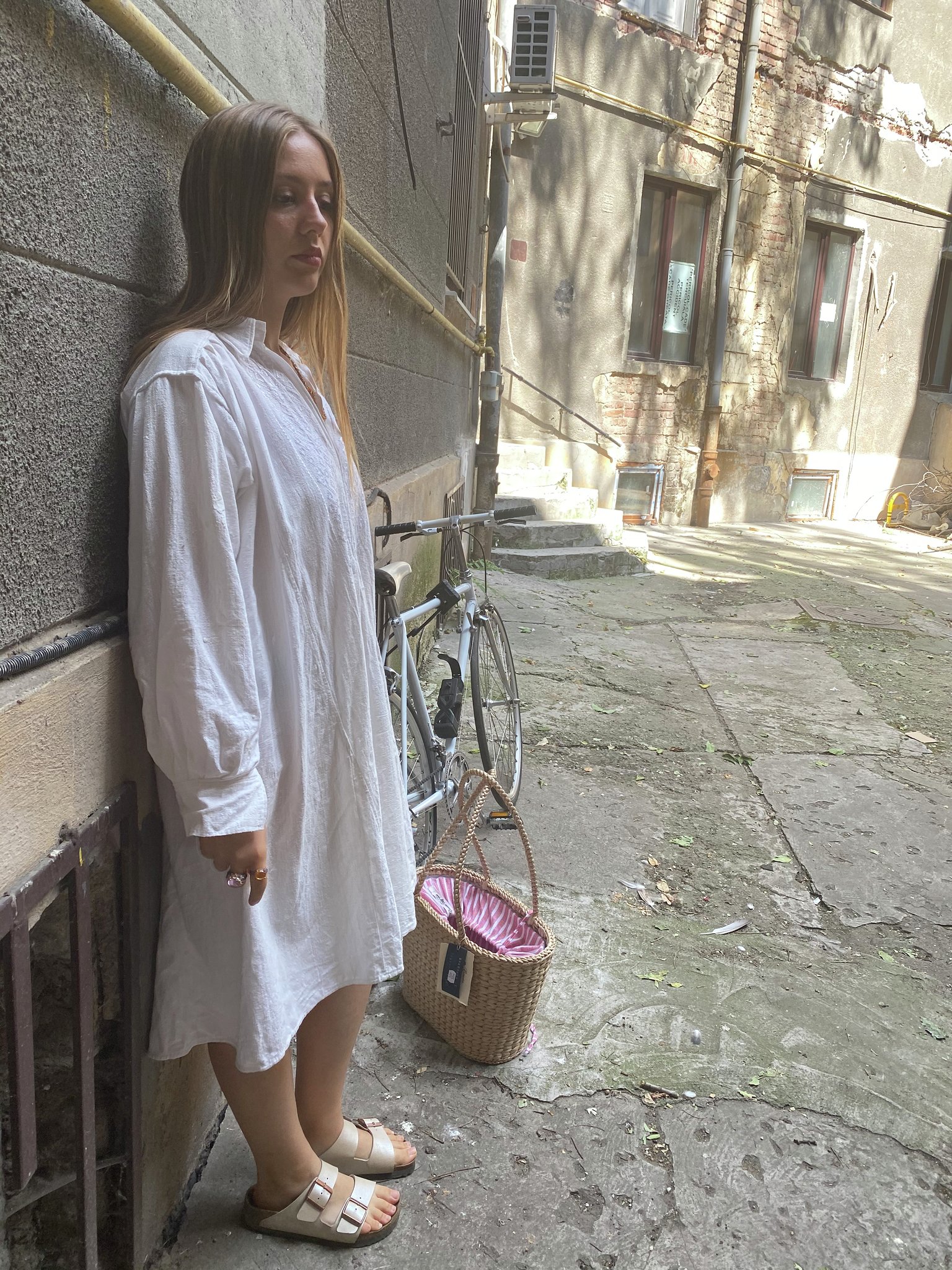
The fabric is woven in horizontal warfare - spread in southeastern Europe - and all the time in 2 parts, which allows the execution of the seam on the tree.
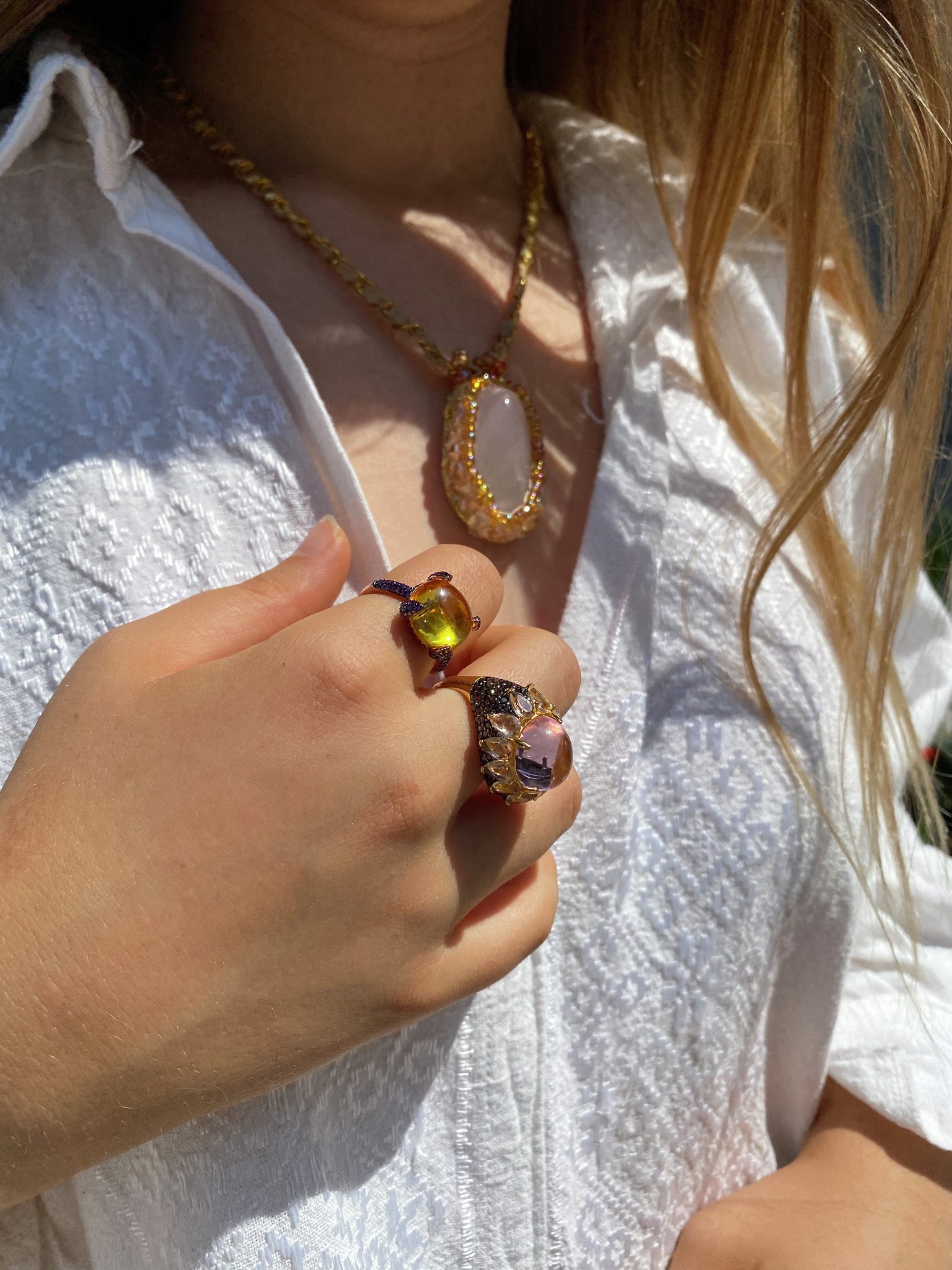
The shirt is cut into straight sheets (45 cm wide mist), respecting a simple system, of old tradition. The care for material economy leads to a thoughtful division of the cloth, from which it is used, it is calculated accurately, and the smallest piece of fabric, without waste.
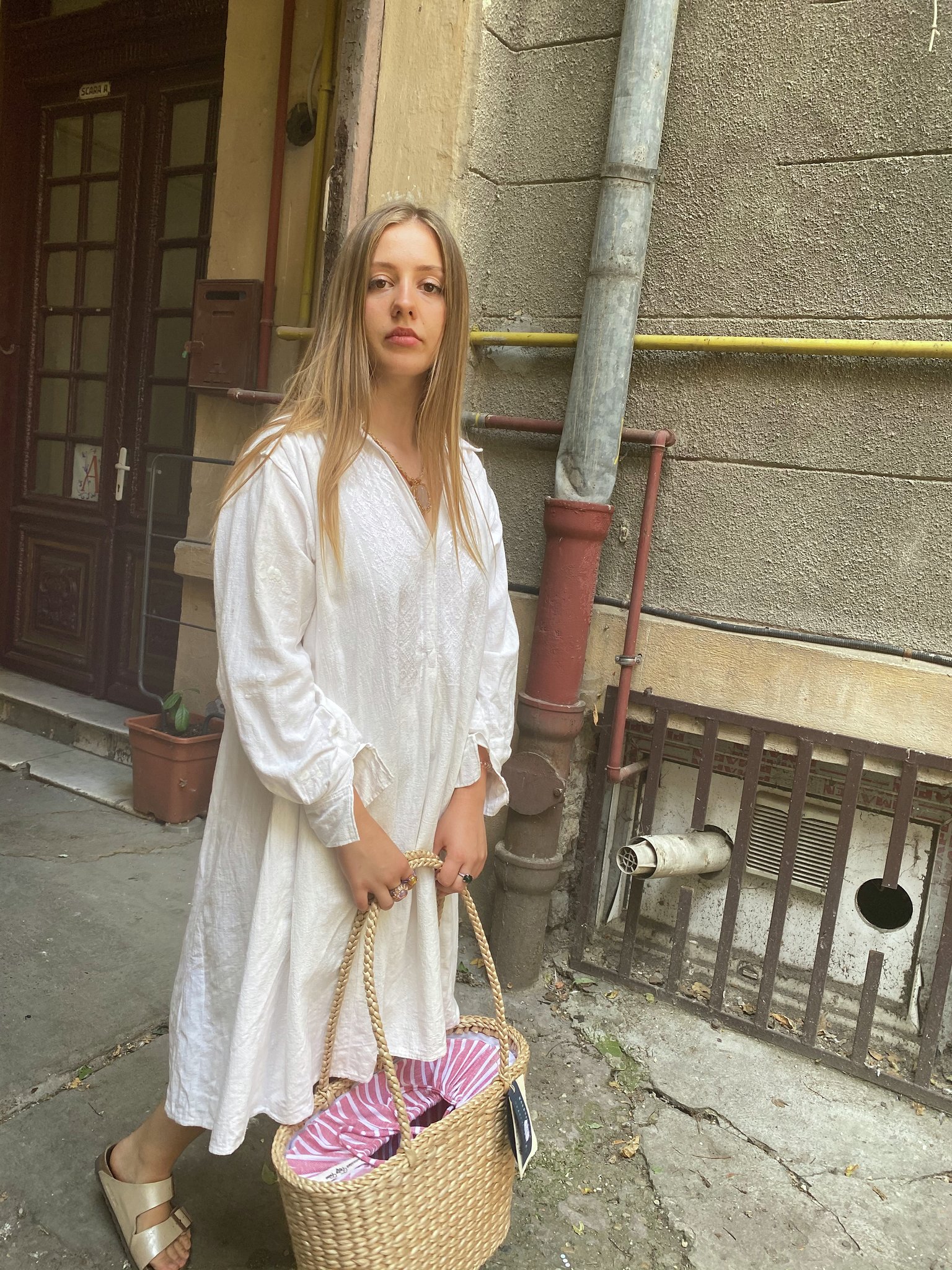
[source: Folk art from Mehedinți, P. Ciobanu, G.Stoica, E. Secosan, P. Ciobanu]
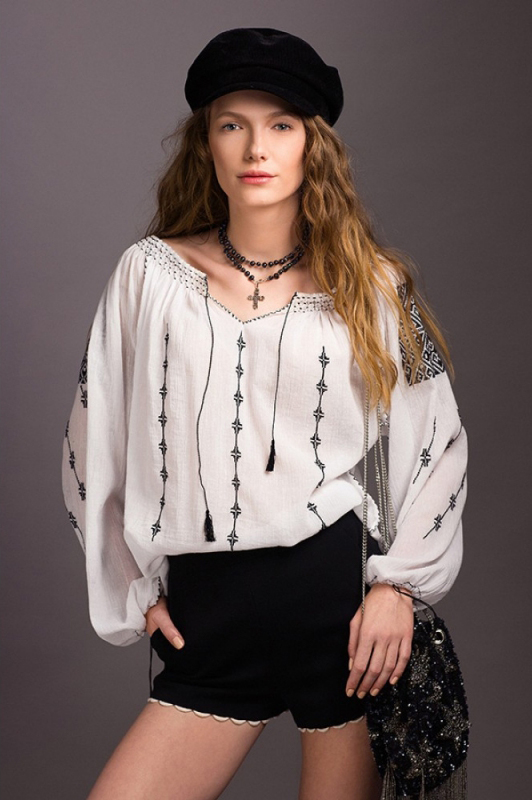

 Română
Română


